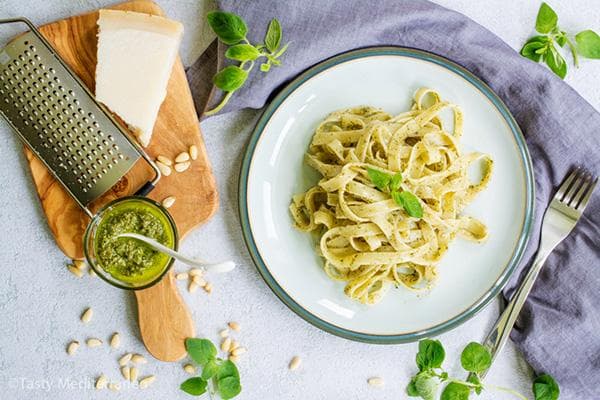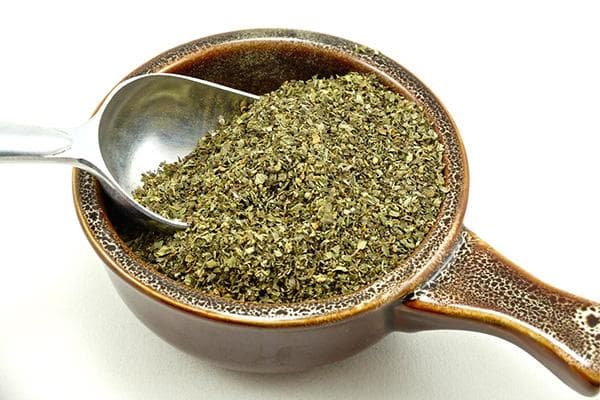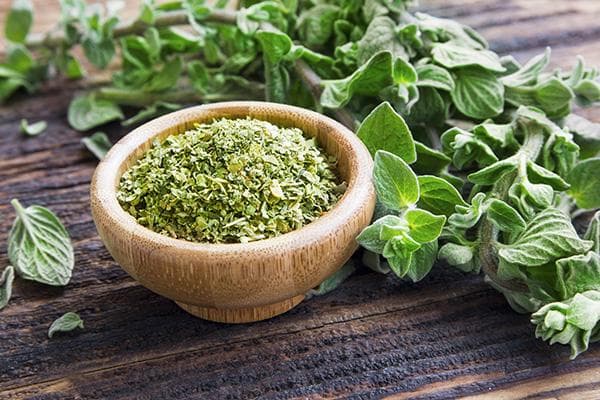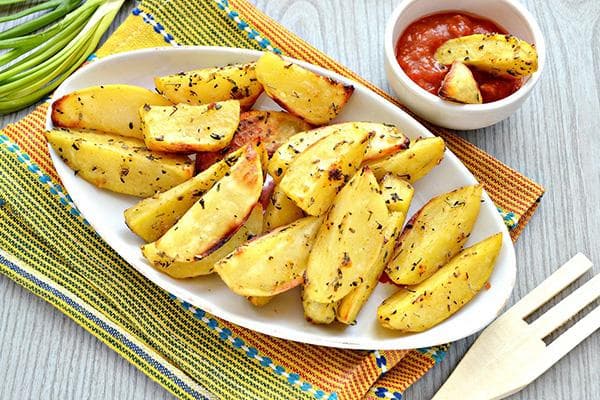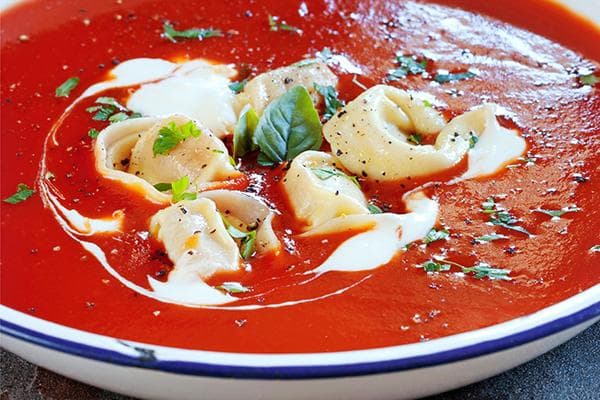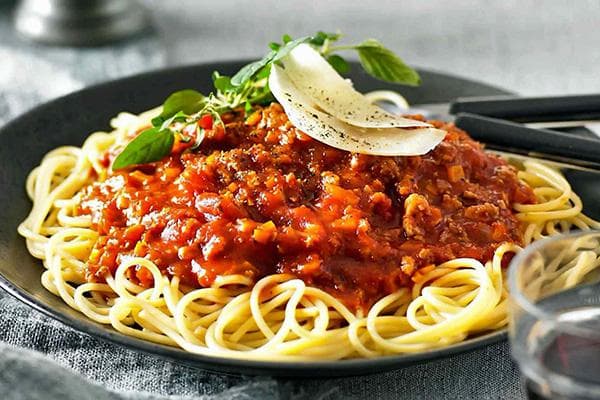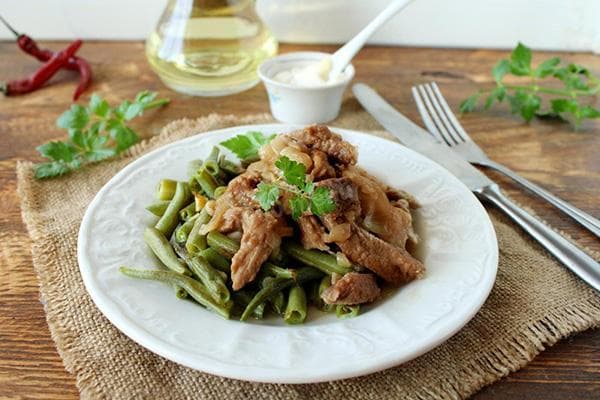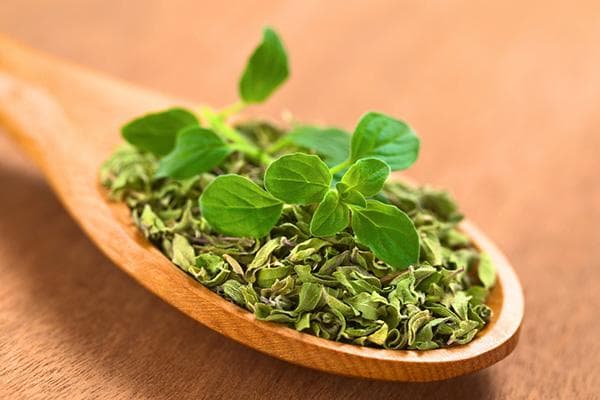Dishes with oregano: where and how to add seasoning?
If your dishes lack some spice, add a pinch of oregano! The use of this seasoning is very extensive; it is famous for its pleasant spiciness and delicately pungent taste. It is added to tomato soups, sauces, pizza, meat, fish, and seafood. Fresh leaves can serve as a decoration for dessert. And if you add them to lemonade, they will add invigorating freshness to the drink.

Oregano in cooking
Origanum vulgare is a perennial herbaceous plant from the Oregano genus of the Oregano family. It is of Mediterranean origin, but nowadays it grows wild almost everywhere. Cultivated varieties are used as seasoning.
Oregano is grown in France, the USA and some other countries. The seasoning is loved and known all over the world. But it is used especially often in Italian and Greek cuisines.
Where do you add the seasoning?
- Without this spice it is impossible to imagine Italian pizza, Bolognese pasta, Greek salad, gyros, moussaka, tomato soup and sun-dried tomatoes.
- In Europe, oregano is used to prepare dishes with champignons.
- In the Caucasus, Belarus and Russia, cucumbers and mushrooms are salted with aromatic herbs.
- In Siberia, it is used to season pies fillings: curd, meat, fish.
Spicy herbs can be added to omelettes, all kinds of casseroles, soups, sausages, pates, and seafood dishes. It can be found in the herbs de Provence seasoning.
Oregano goes well with many other seasonings:
- basil;
- thyme;
- black pepper;
- marjoram;
- rosemary;
- garlic
Dried and crushed leaves are most often used in cooking. Fresh herbs have a pronounced bitterness and are a little astringent. It is also used, but less often.
Oregano is most similar to marjoram. The differences between them are so slight that these spices are considered interchangeable in cooking. For reference, the aroma of dry oregano is sharper, but the taste is subtler and more refined.
Dried oregano in dishes
Dry crushed oregano is almost universal. It goes well with many dishes:
- fried, boiled, baked meat, as well as poultry;
- fish and seafood: shrimp, squid;
- champignons and other neutral mushrooms;
- warm salads;
- sauces, gravies;
- soups (especially tomato);
- vegetable and meat casseroles;
- pizza;
- Italian pasta;
- homemade sausages, pates;
- omelet and other egg dishes.
Add dried oregano to first courses 5 minutes before cooking. Meat, vegetables and fish are seasoned both before cooking (marinated) and during the process. The spice quickly releases its smell and taste.
Approximate dosage – 0.5 teaspoon per 1 kg (l) of the finished product.
How can you use fresh oregano?
Bunches of greens are thoroughly washed before use. Whole leaves, sometimes neat twigs, are placed in dishes. If you need to chop oregano, you tear it by hand.
Mostly fresh leaves are used in cooking:
- salads, snacks;
- cold sauces;
- lemonade, tea, kvass and other drinks;
- flavored oil and vinegar.
Fresh oregano goes well with cheese, avocado, tomatoes, olives, salted celery, cabbage, radishes, cucumbers, and chickpeas. Desserts are decorated with fragrant branches.
Just place a sprig of oregano in a bottle of olive oil, and after 5 hours you can season fresh vegetable salads, vegetable purees, and pasta with it. A fragrant dressing will add a touch of originality to boring dishes.
Recipes
The simplest thing you can make with oregano is spiced baked potatoes. Cut the peeled tubers into slices, season with oregano, dried garlic, thyme, black pepper, onion powder, rosemary, sea salt. Drizzle with olive oil and bake for 25 minutes in an oven preheated to 190 degrees. Before serving, sprinkle with lemon juice and garnish with fresh parsley.
To fully reveal the taste of the spice, you can prepare delicious and sophisticated dishes. Below are 3 popular recipes using oregano.
- Tomato soup.
Sprinkle 1 kg of tomatoes with thyme and oregano (1 teaspoon each) and bake in the oven for 30 minutes. Grind pitted green olives and pickled capers (45 g each) to a pulp. Peel the cooled tomatoes, puree them in a blender or pass through a sieve. Add 300 ml tomato juice and bring to a boil. Add salt and pepper, add the olive and caper paste and simmer the soup for 5 minutes. Serve hot with crackers.
- Spaghetti bolognese.
Fry 500 g of minced meat in portions. Place on a plate. Fry 1 chopped onion with a clove of garlic. Mix with minced meat. Pour in a glass of red wine and cook the sauce until the alcohol has completely evaporated. Add 800 g peeled and chopped tomatoes, 2 tbsp. spoons of tomato paste. When the dish comes to a boil, season it with 1 teaspoon of oregano. Reduce heat and cook until smooth, stirring. 3 minutes before readiness, add salt and pepper. Mix with 500 g of freshly cooked spaghetti, garnish with basil leaves.
- Pork in Greek.
Dry 400 g pork, cut into cubes. Marinate in spices with the addition of 2 tbsp. spoons of olive oil: 0.25 teaspoons each of oregano, cumin, thyme, paprika, rosemary and 2 chopped garlic cloves. Place the meat in the refrigerator for 2 hours.
Fry the pork in batches in a frying pan (so that it browns and does not stew). Add onion rings (2 onions) to the meat. When the onions are golden, place the pork on a plate.
Make the sauce: grate the cucumber, squeeze out the juice and mix with 150 g of yogurt, 1 clove of garlic, salt and pepper to taste.
Oregano is a bright seasoning that will add originality to any dish. It is believed that it perfectly complements the taste of meat. Under its influence, even fatty pork becomes piquant and easily digestible.
